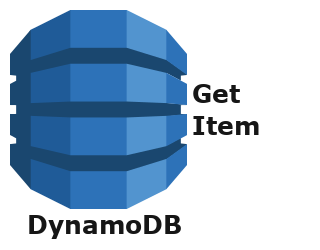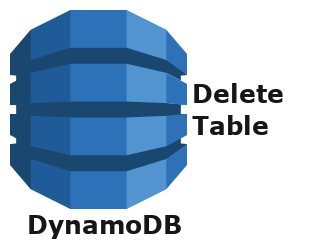How to get list of tables in dynamoDB using Java – DynamoDB List Tables
5 years ago Lalit Bhagtani 0
In this tutorial, we will learn about how to get a list of tables in dynamoDB using java language.
DynamoDB
Amazon DynamoDB is a fully managed NoSQL database services offered by Amazon as part of its Amazon Web Service (AWS) portfolio. It provides fast and predictable performance with seamless scalability. DynamoDB is a key-value datastore, where each item (row) in a table is a key-value pair.
Project Setup
Create a simple maven project in your favorite IDE and add below mentioned dependency in your pom.xml file.
<dependency>
<groupId>com.amazonaws</groupId>
<artifactId>aws-java-sdk</artifactId>
<version>1.11.524</version>
</dependency>
For latest version of aws library, check this page.
DynamoDB Connection
Create an object of AmazonDynamoDB ( com.amazonaws.services.dynamodbv2.AmazonDynamoDB ) class for sending a client request to dynamoDB. To get instance of this class, we will use AmazonDynamoDBClientBuilder builder class. It requires three important parameters :-
- Region :- It is a region where dynamoDB table will be stored.
- ACCESS_KEY :- It is a access key for using dynamoDB. You can generate this key, using aws management console.
- SECRET_KEY :- It is a secret key of above mentioned access key.
Here is a code example :-
AmazonDynamoDB dynamoDB = AmazonDynamoDBClientBuilder.standard()
.withRegion(Regions.AP_SOUTH_1)
.withCredentials(new AWSStaticCredentialsProvider
(new BasicAWSCredentials("ACCESS_KEY","SECRET_KEY")))
.build();
List Tables
Steps to create and send ListTableRequest to dynamoDB are as follows:-
- Instantiate ListTableRequest object, this object will be used to send the client request to dynamoDB.
- Set an optional limit parameter to limit the maximum number of table names to be returned, if this parameter is not specified then the maximum of 100 ( default value ) table names are returned.
- Get the LastEvaluatedTableName parameter value. It is the name of the last table in the current set of results.
- Set an optional ExclusiveStartTableName parameter to start the set of result from this table. LastEvaluatedTableName value can be used here to get results page wise.
- Invoke the listTables method on AmazonDynamoDB object by passing ListTableRequest object as an argument.
Example
import com.amazonaws.AmazonServiceException;
import com.amazonaws.auth.AWSStaticCredentialsProvider;
import com.amazonaws.auth.BasicAWSCredentials;
import com.amazonaws.regions.Regions;
import com.amazonaws.services.dynamodbv2.AmazonDynamoDB;
import com.amazonaws.services.dynamodbv2.AmazonDynamoDBClientBuilder;
import com.amazonaws.services.dynamodbv2.model.ListTablesRequest;
import com.amazonaws.services.dynamodbv2.model.ListTablesResult;
public class ListTable {
public static void main(String[] args) {
/* Create DynamoDB Client Object */
AmazonDynamoDB dynamoDB = AmazonDynamoDBClientBuilder
.standard()
.withRegion(Regions.AP_SOUTH_1)
.withCredentials(new AWSStaticCredentialsProvider(
new BasicAWSCredentials("ACCESS_KEY","SECRET_KEY")))
.build();
try {
/* Creating ListTableRequest with limit 50 */
ListTablesRequest request = new ListTablesRequest();
request.withLimit(50);
ListTablesResult result = null;
String lastTable = null;
while(true) {
if(lastTable == null) {
/* Send First List Table Request */
result = dynamoDB.listTables(request);
}else {
/* Send Subsequent List Table Request */
result = dynamoDB.listTables(request.withExclusiveStartTableName(lastTable));
}
result.getTableNames().stream().forEach( e -> System.out.println(e) );
/* Getting name of last evaluated table */
lastTable = result.getLastEvaluatedTableName();
if(lastTable == null) {
break;
}
}
} catch (AmazonServiceException e) {
System.out.println(e.getErrorMessage());
}
}
}
References :-
That’s all for how to get a list of tables in dynamoDB using java language. If you liked it, please share your thoughts in comments section and share it with others too.




